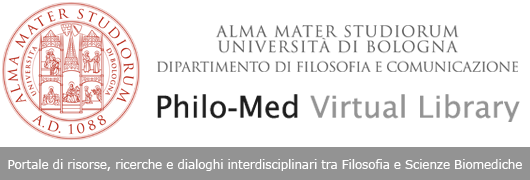This paper was written as part of Innova-p2, a project funded by the European Community's Seventh Framework Programme grant no. 217665.
In a widely cited 2003 article,1 DiMasi, Hansen, and Grabowski estimated the cost of pharmaceutical research and development to be $1.1 billion (year 2000 U.S. dollars) per new medicine coming onto the market in 2001.2 They also estimate that this cost is going up at a real (inflation-adjusted) rate of 7.4% annually.3 According to these estimates, the innovation cost per new medicine today is about $2.1 billion (year 2000 U.S. dollars) or $2.65 billion (year 2010 U.S. dollars). Also in 2003, Novartis launched the Novartis Institute for Tropical Diseases (NITD) in Singapore, mentioned in the essay by Klaus Leisinger and Karin Schmitt, which is initially focusing on two important diseases of the poor: dengue and multi-drug-resistant tuberculosis. Novartis has committed itself to cover the lion’s share of NITD’s $14.8 million annual budget for its first 10 years. The juxtaposition of dollar amounts shows that, if the DiMasi, Hansen, and Grabowski figures are roughly accurate, then the NITD’s funding will not enable it to have even one successful product launch per century. More generally, we learn here that appeals—however plausible—to the responsibility of pharmaceutical companies may not produce the new medicines we so urgently need to tackle diseases confined to the poor. Two billion dollars is a lot of money, even for a large pharmaceutical company. And the shareholders of such a company would balk at so large a public service—especially when, predictably, some competing companies would fail to follow suit.
http://journals.cambridge.org/action/displayAbstract?fromPage=online&aid...
Symposium on Global Bioethics. Epilogue: New Drugs for Neglected Diseases, Thomas Pogge and Aidan Hollis, Cambridge Quarterly of Healthcare Ethics, Vol 20 (2), 2011, pp 329-334.
Mappa tematica:
Disciplina:
